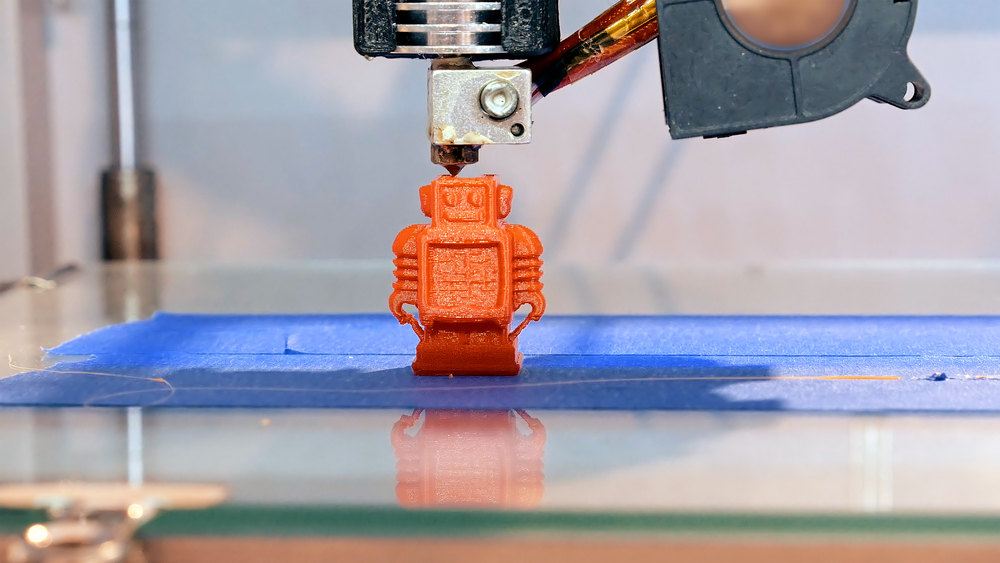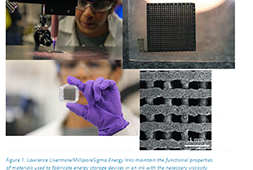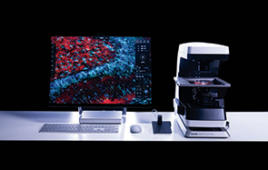
A major hurdle regarding 3D printing may soon be overcome.
Researchers from Texas A&M University have strengthened 3D printed parts by applying traditional welding concepts to bond the submillimeter layers in a 3D printed part together.
“I was able to see the amazing potential of the technology, such as the way it sped up our manufacturing times and enabled our CAD designs to come to life in a matter of hours,” Brandon Sweeney, a doctoral student in the Department of Materials Science and Engineering at Texas A&M, said in a statement. “Unfortunately, we always knew those parts were not really strong enough to survive in a real-world application.”
Objects printed with a 3D printer are comprised of several thin layers of materials—often plastics—deposited on top of each other to form a desired shape. However, the layers are prone to fracturing, which causes issues with the durability and reliability of the part when used in real-world applications like a custom printed medical device.
“I knew that nearly the entire industry was facing this problem,” Sweeney said. “Currently, prototype parts can be 3D printed to see if something will fit in a certain design but they cannot actually be used for a purpose beyond that.
“The basic idea is that a 3D part cannot simply be stuck into an oven to weld it together because it is plastic and will melt,” he added.
The researchers borrowed concepts traditionally used for welding parts together where a point source of heat is used to join the interface of the parts together, only using the heat where it is needed. Special materials were utilized to control where the heat hits and bonds the layers together in the small printed parts.
“What we do is take 3D printer filament and put a thin layer of our material, a carbon nanotube composite, on the outside,” Sweeney said. “When you print the parts out, that thin layer gets embedded at the interfaces of all the plastic strands.
“Then we stick it in a microwave, we use a bit more of a sophisticated microwave oven in this research, and monitor the temperature with an infrared camera.”
The new technology is currently patent pending and is in beta mode with the potential to be used in further industrial and consumer industries.




